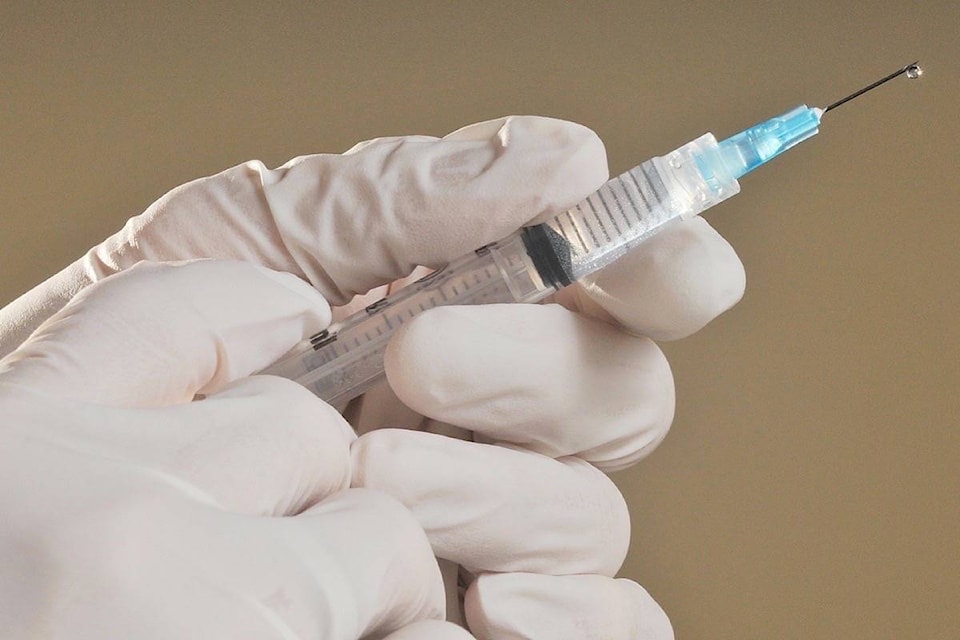Although Northern Health’s overall trend in newly identified HIV diagnoses has been declining since it peaked in 2004, there are still about 10 newly identified cases every year in the region.
Between 2010 and 2014, there were 76 new cases of HIV infections in the Northern Health region. Since 2014, there have been 33 new HIV infections identified to date.
Improvements in testing and treatment have made HIV a manageable chronic disease. However, there are still many people in northern B.C. who only get tested once they develop a serious HIV related illness, according to a report prepared by Northern Health.
Between 2009 to 2014, there was an increase of 39 per cent in HIV testing in the region. Since then, the number of testing episodes has remained fairly stable.
Although some acute care facilities have been offering HIV testing as part of regular blood work, this is still not the case in Burns Lake.
“This may be re-assessed in the future,” said Andrea Palmer, a spokesperson for Northern Health.
Meanwhile the HIV testing rate in northern B.C. (4401 per 100,000 people) is considerably lower than the provincial average (6103 per 100,000 people). Testing rates in the Interior Health, Fraser Health and Island Health regions are also below the provincial average.
The HIV testing rate in Vancouver Coastal Health (11,795 per 100,000 people) is considerably higher than the rest of the province, skewing the provincial average.
The HIV/AIDS epidemic has evolved differently in northern B.C. than it has in the rest of the province, according to the British Columbia Centre for Excellence in HIV/AIDS. While men who have sex with men are the main source of new HIV infections in B.C., the primary route of transmission in northern B.C. is injection drug use.
Heterosexual transmission, on the other hand, accounted for 39 per cent of infections in northern B.C. compared to 25 per cent provincially in 2015.
Types of testing available in the Burns Lake area
Fears of provider’s judgment and breeches in confidentiality are obstacles to obtaining HIV care for many people.
In B.C., positive HIV test results are shared with public health, in a confidential manner, to ensure that people diagnosed are offered support and follow up. However, when getting an HIV test, a person can request to have a non-nominal test using non-identifying information such as initials or an alias.
Non-nominal testing is currently available in Burns Lake.
Some clinics in B.C. also allow patients to get tested using only a numbered code, without providing any contact information. This is called “anonymous testing” and is currently not available in Burns Lake.
“Northern Health plans to move to anonymous testing in the new year,” said Andrea Palmer, a spokesperson for Northern Health.
The Southside Health & Wellness Centre has been approved to provide point-of-care HIV testing, also known as “rapid test.” This test uses a drop of blood taken from the patient’s finger and provides the result in just a few seconds.
The point-of-care HIV testing is not available in Burns Lake.
@flavio_nienow
newsroom@ldnews.net
Like us on Facebook and follow us on Twitter.
